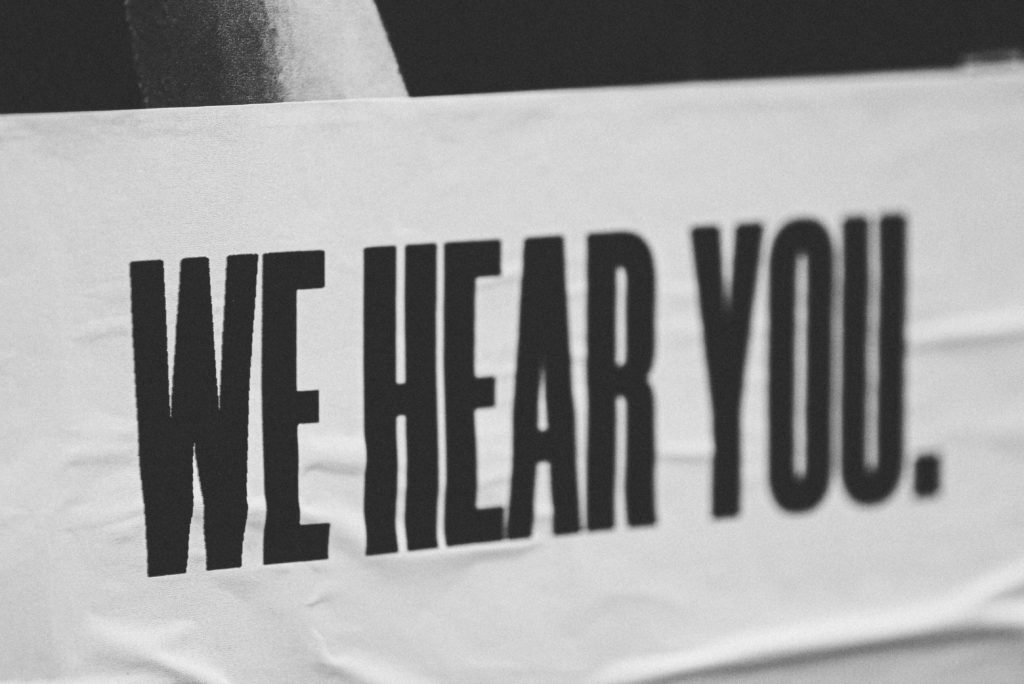While many businesses work just fine with their neighbors and general community the fact remains that theft and vandalism continue to be a problem. Whether it’s bored teenagers or characters looking to lift property that they can resell for quick cash, property crime is a big problem in communities across the country.
As a result, businesses of all types have to protect themselves. One method doing this is through surveillance video, which acts as both a deterrence by its presence as well as a response in terms of providing law enforcement direct evidence of who was involved.
However, because there is such a demand for theft solutions, surveillance systems have flooded the market as well. So how is one supposed to figure out what is the best commercial surveillance video system if one camera setup looks just like another setup?
The difference is frequently found in the product quality, performance, features, and durability. Cheap systems might look like a good deal price and appearance-wise, but their performance tends to be shoddy with poor image capture and the quality tends to be poor with frequent breakdowns.

Of course, no manufacturer is going to outright say their product is garbage, so it’s up to a buyer to sleuth through details as well as product reviews to find the best package. Here are some of the criteria one should be looking for in any kind of a commercial surveillance choice and installation.
Image Quality
The number one factor in all decision criteria used to determine a surveillance system is image quality, easily placing at the top of the list. If a camera can’t produce a good image and feed that into its video system and related recording seamlessly, it’s worthless.
Further, today’s video systems need to be able to handle low light situations as well as produce high quality detail as well. Ideally, color image is a nice feature, but it’s gravy on top as color actually tends to obscure detail in low-light settings. The range of camera detail capabilities runs from at least 1 megapixel to 7k with premium cameras, but actual testing is where the performance really becomes apparent.

Secondly, the operational range of camera view is also a huge consideration. What good is a camera view if it only focuses on a specific point or narrow tunnel of view. The best cameras have the ability to provide high detail, zoom capability and a wide range of coverage to capture a full perspective of what’s going on versus just a partial display.
Software Support
A second big area that people need to review before committing to a system is the support software for a given surveillance system. In the old days, video surveillance used closed-circuit TV connections which went direct to a master control system and viewing, much the same way TV stations operate in a wired system in a studio.
However, most systems today integrate wired or wireless signal traffic to a central Internet point and then deliver the video data either to a cloud repository or a dedicated Internet address. Both are then accessible through client software, either as a standalone program on a given computer or a browser portal.
How those client interfaces work makes a big difference to the end product a company needs to rely on. Is it easy to access? Are the video files recorded and archived for later review? How much storage is available for video? How often does it need to be purged? Should a client expect to download archives to make room for new files, and how often? How intuitive is the client software?
If the software support is not tested ahead of time by a user, it’s going to end up being an ugly surprise and possibly a disappointment. Test drive the support actively before committing to a system. The best surveillance systems match what a client needs versus forcing a client to match the system.
Enterprise Management
With a commercial system, a company or facility owner may want the video to cover multiple facilities and locations versus just one location. This is common in networks already set up in WAN style architecture.
Ideally, the best commercial video surveillance system chosen and its software need to be compatible with this kind of connection and setup. Many product sellers will argue their product can be integrated into any system by simply using their Internet portal accessible by browser.
However, this approach may not be usable in company environments that don’t allow Internet access or are not using a cloud hybrid design. Instead, such commercial users may very well want a system that can be integrated by common protocol standards into their network directly.
The best video surveillance systems anticipate this need and offer compatibility options that can provide direction connection for secure channel operation versus relying on third-party Internet administration.
Hands-On Customer Service

With an extensive amount of direct experience working with commercial customers and networks as well as various proprietary security systems, AES Systems continues to evolve and offer the latest in video surveillance capability for commercial settings. Because the latest technology frequently provides exponentially better delivery, AES Systems maintains a constant connection to the latest camera offerings available as well as ensuring their testing and reliability for commercial applications. For a business that is looking for a need a comprehensive approach to video surveillance, AES Systems can meet the need.




































